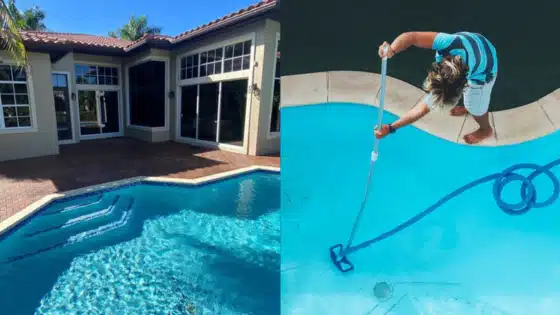Children need opportunities to move, play, and explore in order to develop strong physical skills. Outdoor games are a fun and effective way to help kids grow healthier while also building important abilities like balance, strength, and coordination.
Introducing outdoor games into a child’s routine supports physical fitness and encourages healthy habits. Spending time outside in active play also helps children connect with others, enjoy fresh air, and experience the joy of movement in a natural environment.
1) Stepping Hoop Relay for agility and balance
The Stepping Hoop Relay is a favorite outdoor game for building agility and balance in children. Players line hoops on the ground and are challenged to step or jump through them without touching the edges. This setup encourages kids to plan their movements as they move quickly from hoop to hoop.
Teachers or parents can adjust the relay by changing the spacing or pattern of the hoops. This flexibility makes the game suitable for a variety of skill levels and keeps it interesting for repeated play.
The relay is typically played in teams, promoting collaboration and communication as children cheer each other on. It can also be done individually for a quiet, focused challenge.
Because the game is both simple and engaging, it’s easy to set up outside in a backyard or schoolyard. With minimal equipment needed, Stepping Hoop Relay is accessible and fun for most groups. Kids gain confidence in their physical abilities while having an enjoyable experience with their friends.
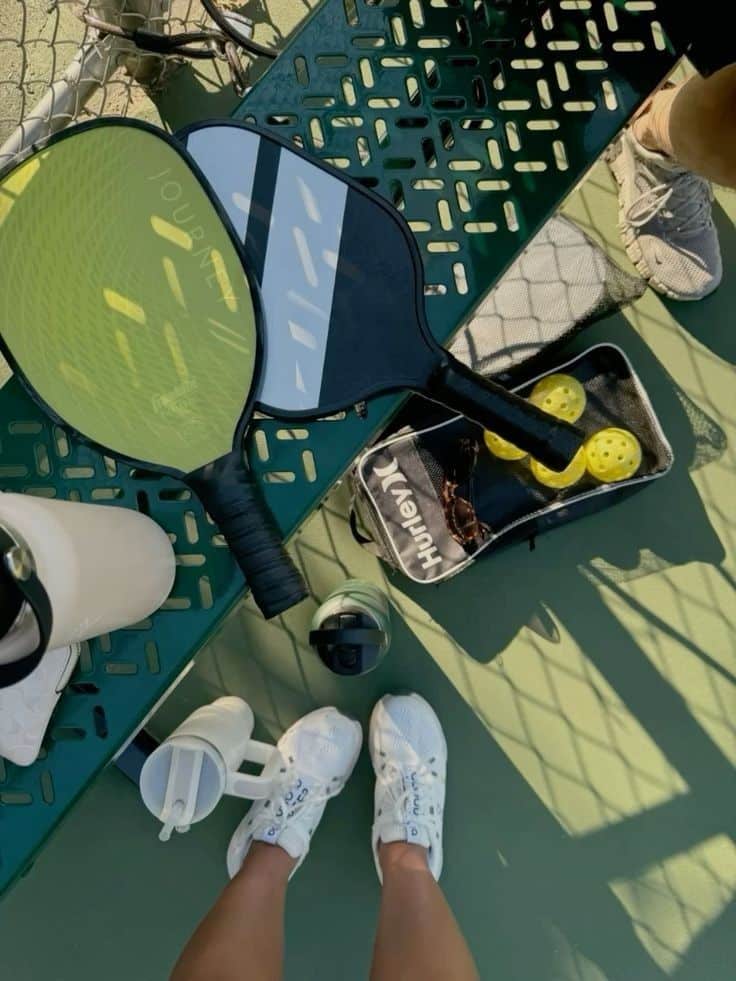
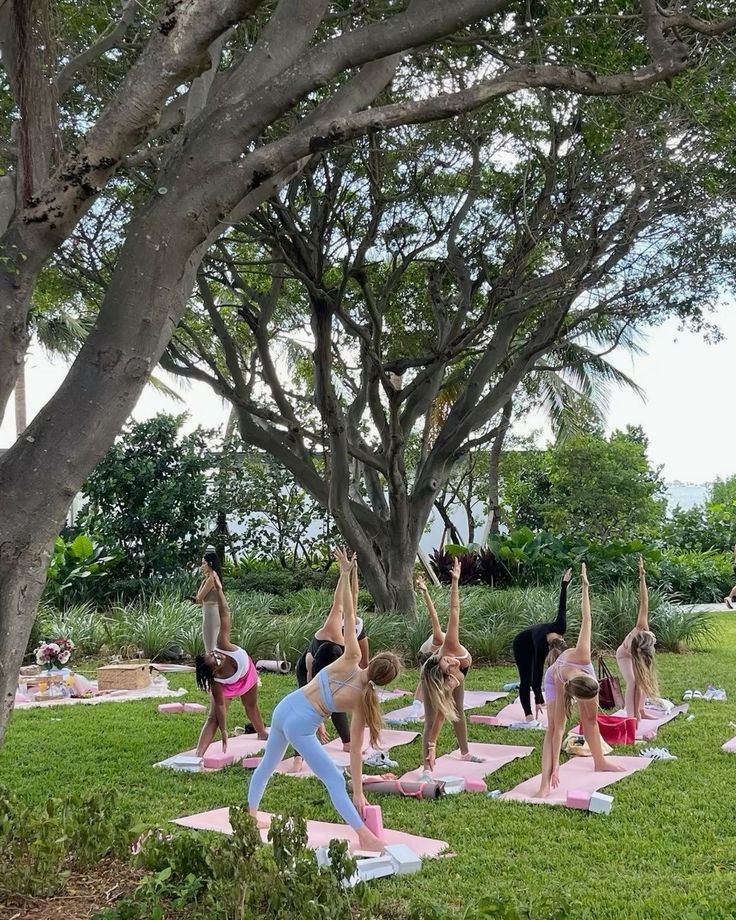
2) Classic Tag to boost speed and coordination
Classic tag is a simple game that encourages kids to run, chase, and dodge. This fast-paced activity naturally helps players develop quick reflexes and enhances their overall speed.
Each round of tag requires sharp changes in direction. Kids learn to respond quickly to others’ movements, which helps improve coordination and body control.
Playing tag outdoors also encourages kids to use larger spaces. They practice navigating obstacles, adjusting their pace, and maintaining balance.
The game can be easily adapted for different ages and groups. Adding rules like “freeze” or “safe zones” keeps the challenge fresh and includes everyone in the fun.
Tag is easy to set up and needs no special equipment. Children stay active, practice social skills like communication and fairness, and have a great time moving together.
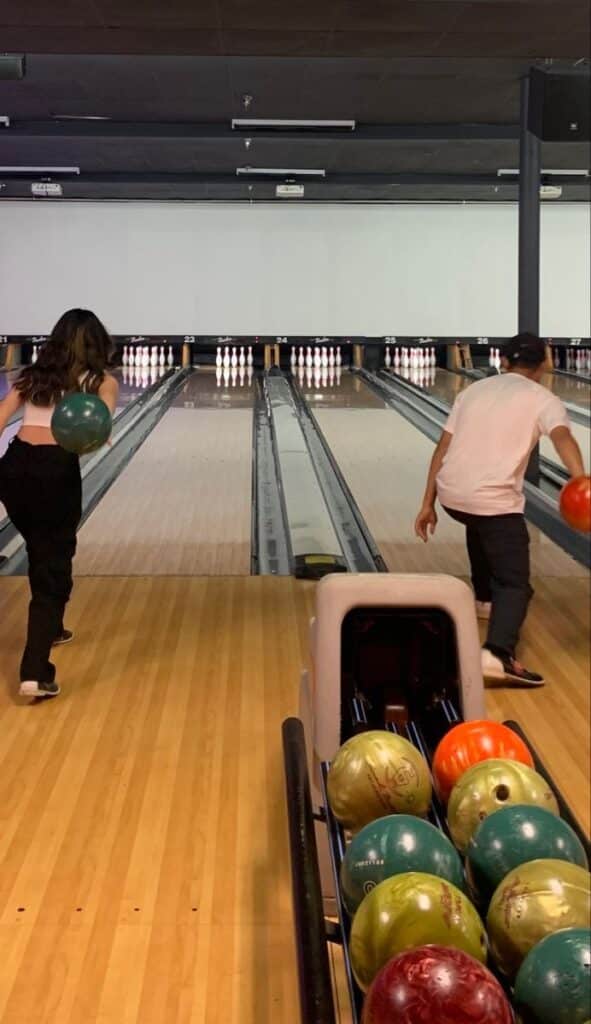
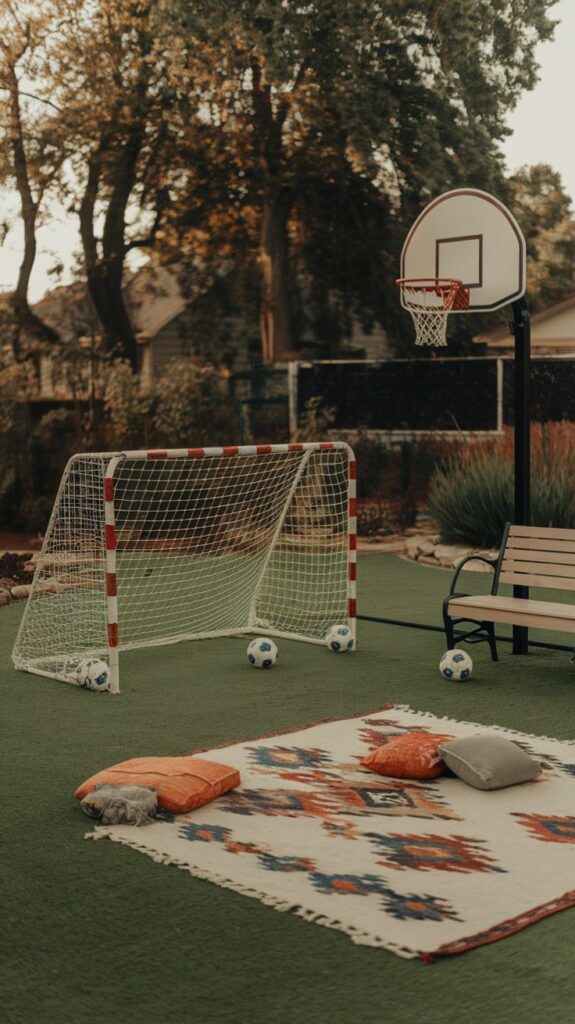
3) Kickball for teamwork and leg strength
Kickball is a classic outdoor game that combines exercise with fun and friendly competition. Players work as a team to score runs by kicking the ball and running bases, much like in baseball. Every play gives kids and adults a chance to move, strategize, and communicate.
The act of kicking the ball helps build leg strength and coordination. Planting the non-kicking foot beside the ball and swinging through the ball with the laces encourage good kicking technique. Running the bases further develops agility and cardiovascular endurance.
Fielders must work together to catch the ball and tag runners out, which encourages communication and group problem-solving. Kickball’s simple rules make it easy for groups of all ages and abilities to play together.
No fancy equipment is needed—just a ball and enough space to run. Whether on a playground, backyard, or park, kickball offers a lighthearted way to get active and strengthen social bonds. It’s a welcoming game where everyone can participate and improve essential physical skills.
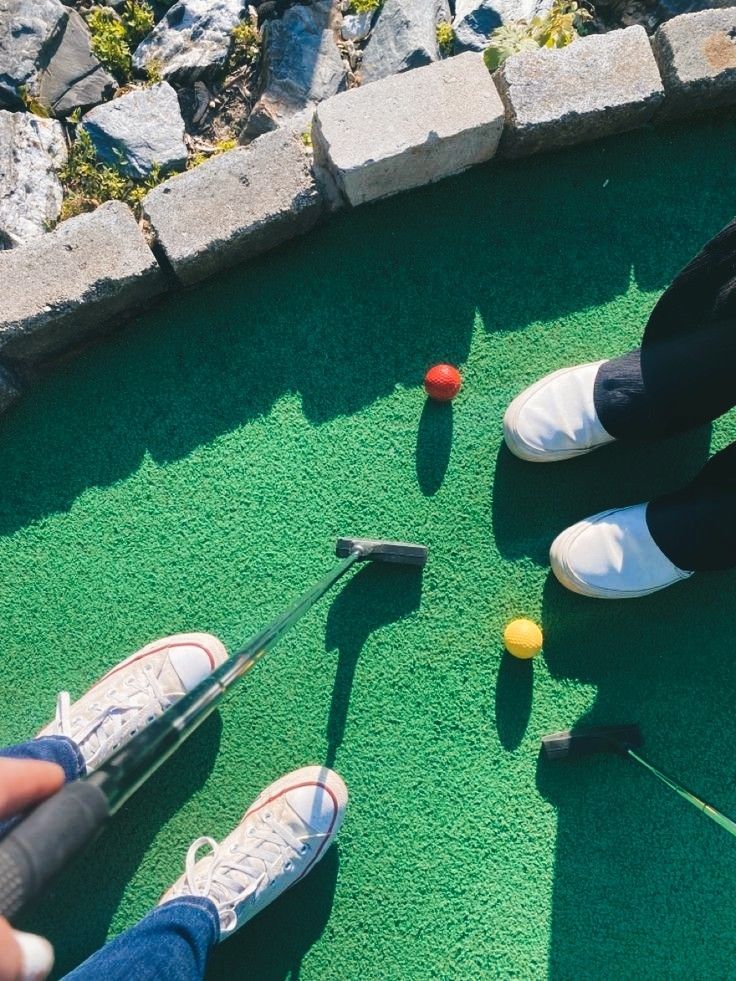
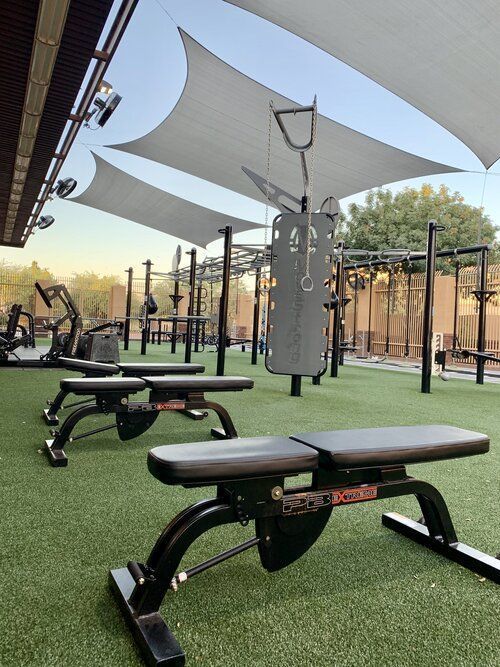
4) Relay Races to Improve Running and Endurance
Relay races are classic outdoor games that encourage kids to move quickly and work together as a team. Each player must run their segment before handing off to a teammate, promoting both speed and cooperation. These races can be set up in open fields, parks, or schoolyards.
Running in a relay is a great way to build endurance and practice safe, fast running techniques. The excitement of competition helps kids push themselves to run a little faster and farther. Simple relays can be done with just a baton, but it’s easy to add variety with challenges like crab walks or skipping.
Trying different styles keeps the activity fresh and fun. Relay races can also include crawling, balancing, or even dribbling a ball. These modifications help work a wider range of physical skills beyond just running.
No special equipment is needed, making relays simple to organize for groups of all sizes. These activities promote physical health, teamwork, and basic athletic skills in a playful way. Whether during a school event or a backyard gathering, relay races remain a favorite for all ages.
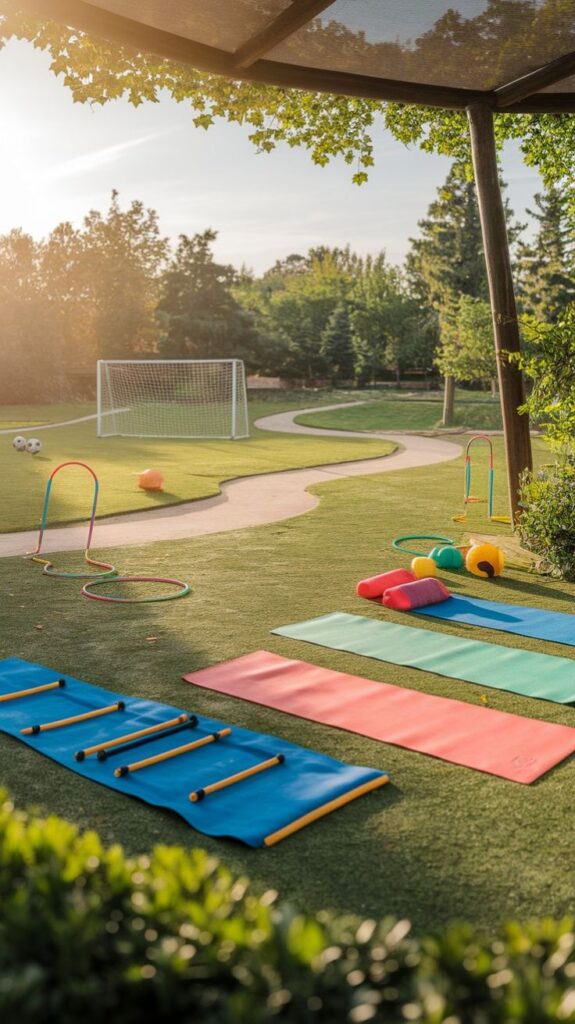
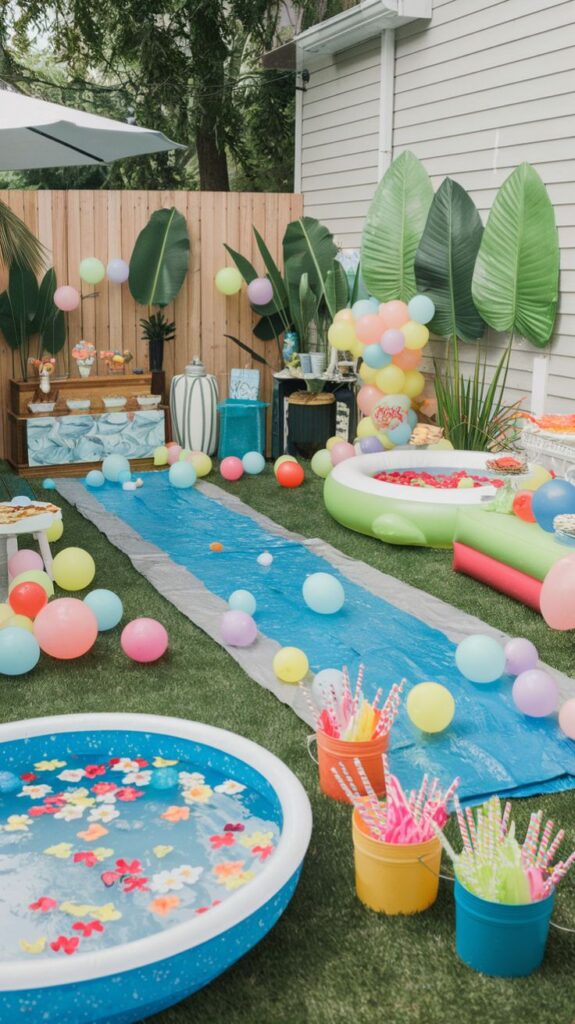
5) Obstacle Courses for motor skills and problem-solving
Obstacle courses are a simple yet effective way for kids to build motor skills. Each course can use items found outdoors, like cones, ropes, or sticks, to create fun paths and challenges.
Running, jumping, climbing, and crawling through the course helps develop coordination and balance. These activities target large muscle groups, which are important for physical growth.
Obstacle courses also encourage children to think and plan their moves. As they face each new section, they must figure out how to get past it, which builds problem-solving skills.
Team versions of obstacle courses can help kids learn teamwork and communication. Working together to complete the course adds a social element to physical play.
The flexibility to change the course layout keeps it interesting every time. Kids can help design new obstacles, making the activity more creative and engaging for everyone.
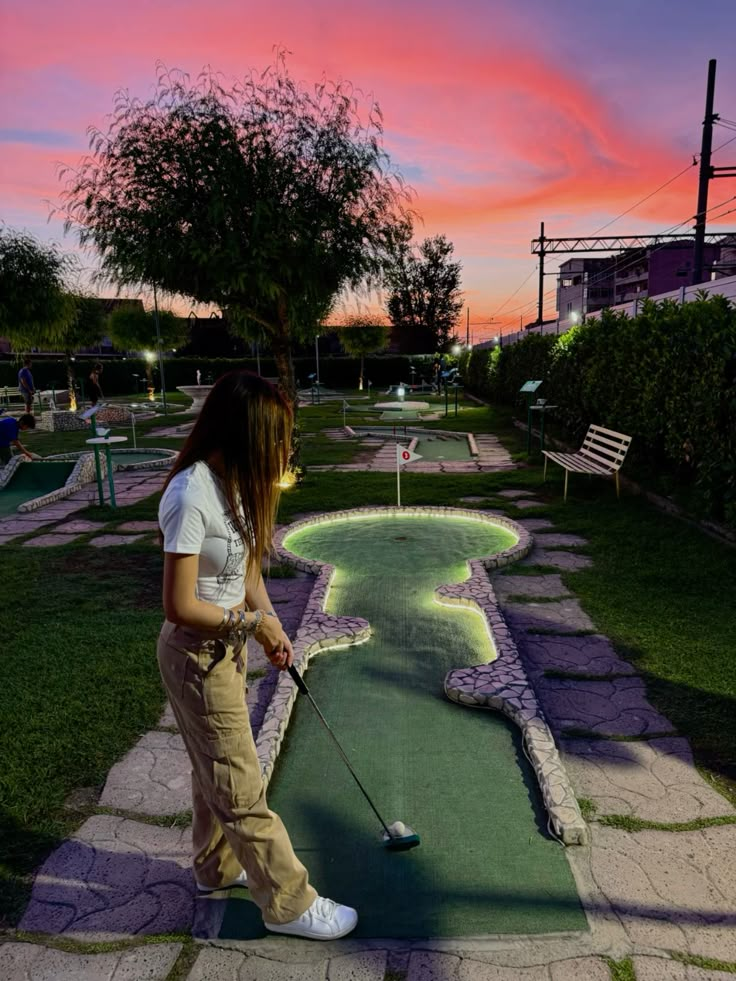
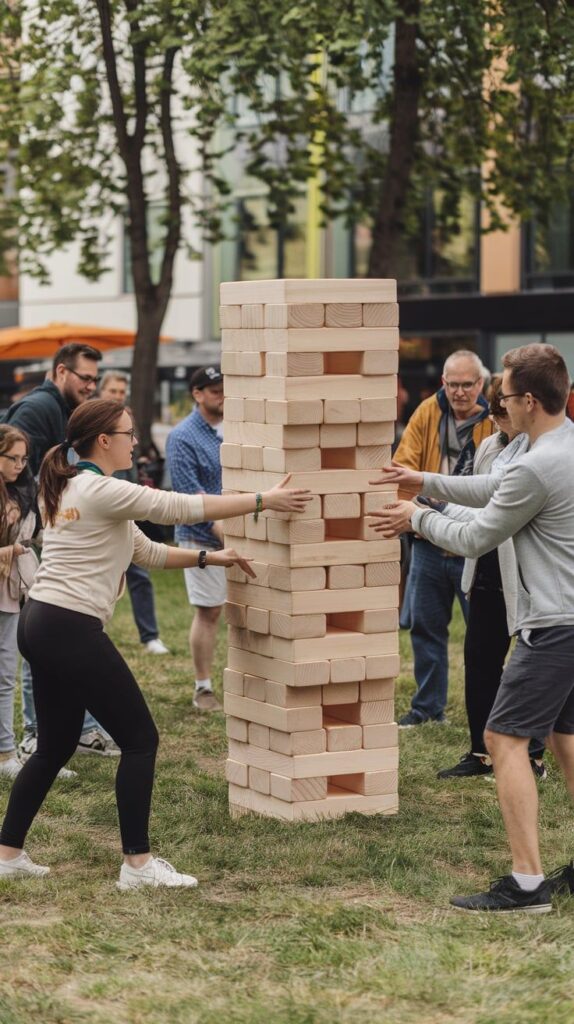
6) Jump Rope Challenges to enhance timing and rhythm
Jump rope challenges are a practical way for kids to develop better timing and rhythm. They require children to jump in time with the moving rope, helping their bodies and minds work together smoothly.
Both individual and partner jump rope games can be used. In solo play, kids can try to jump for a certain count or use rhymes to keep a steady pace. This adds a rhythmic element that keeps them engaged and motivated.
Partner and group challenges encourage teamwork and communication. Kids have to listen, watch, and time their jumps to match the group’s rhythm. It’s a fun way to practice coordination with others.
Different jump rope games such as “Squirrels and Acorns” or “Jump N’ Run” provide variety and keep the activity interesting. These activities let children be creative while working on essential physical skills.
Regular participation in these challenges helps improve muscle coordination, balance, and cardiovascular fitness. The repetitive jumping and counting pattern also support memory and focus.
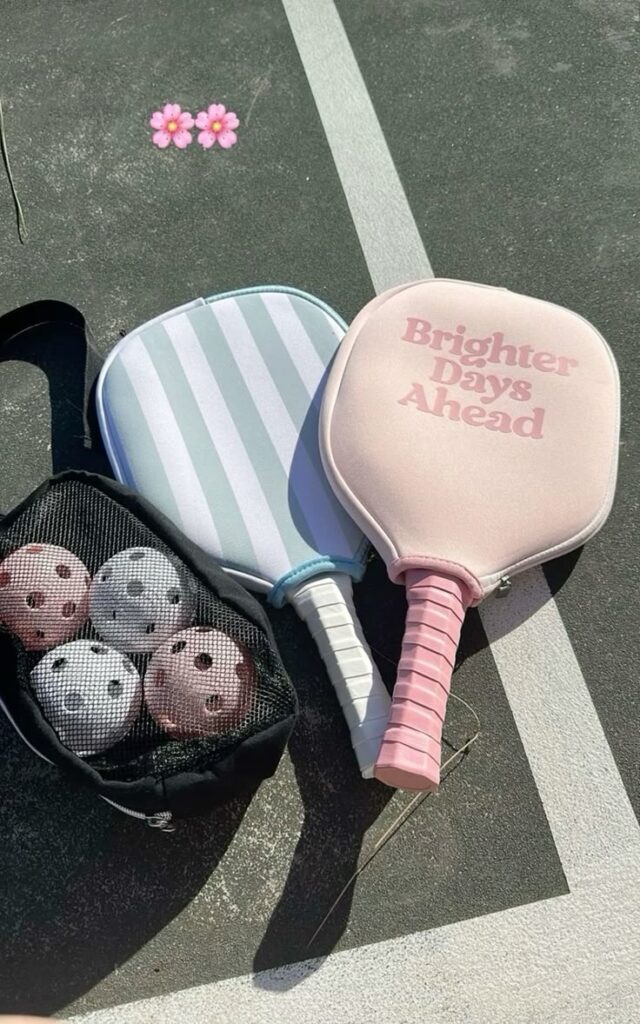
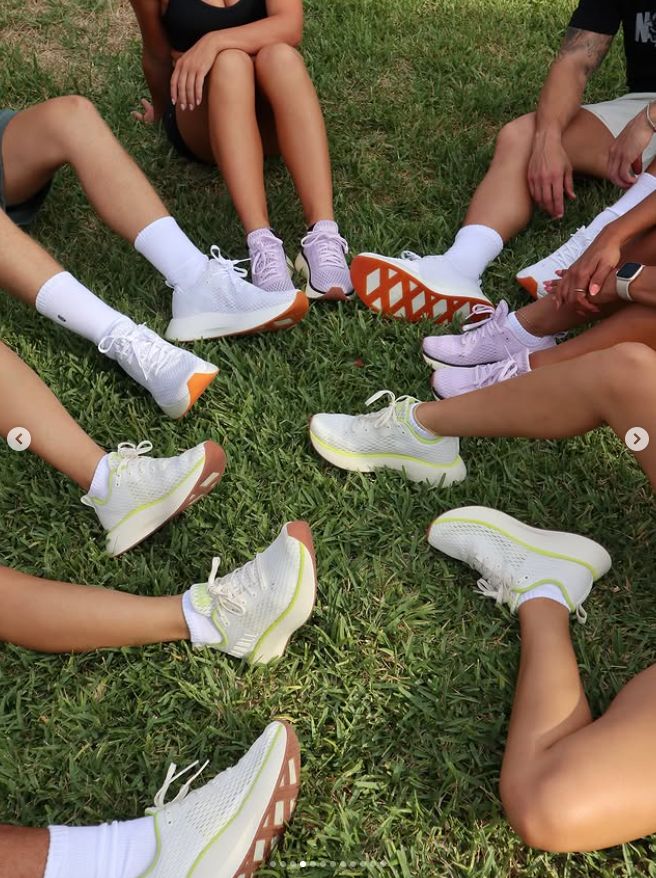
7) Frisbee Toss to develop hand-eye coordination
Frisbee Toss is a simple but effective outdoor game that helps children and adults strengthen their hand-eye coordination. Players throw a flying disc, aiming for a partner’s hands or a marked target area. This action requires focus, timing, and motor control.
The game can be played in pairs or small groups. Participants stand a short distance apart and take turns tossing and catching the frisbee. If catching is a challenge, they can start closer together and move farther apart as they improve.
Changing how the frisbee is thrown—using different grips or angles—adds variety and helps develop adaptability. When players try to catch frisbees from different directions, it tests their reflexes and boosts coordination.
Frisbee Toss can also foster teamwork when played in groups, as players need to communicate and anticipate each other’s actions. The game fits well in many outdoor settings, including parks or backyards.
No special equipment is required beyond a basic plastic disc. It’s easy to set up and can be enjoyed by different age groups and skill levels. This makes it a flexible choice for improving hand-eye coordination while having fun outside.
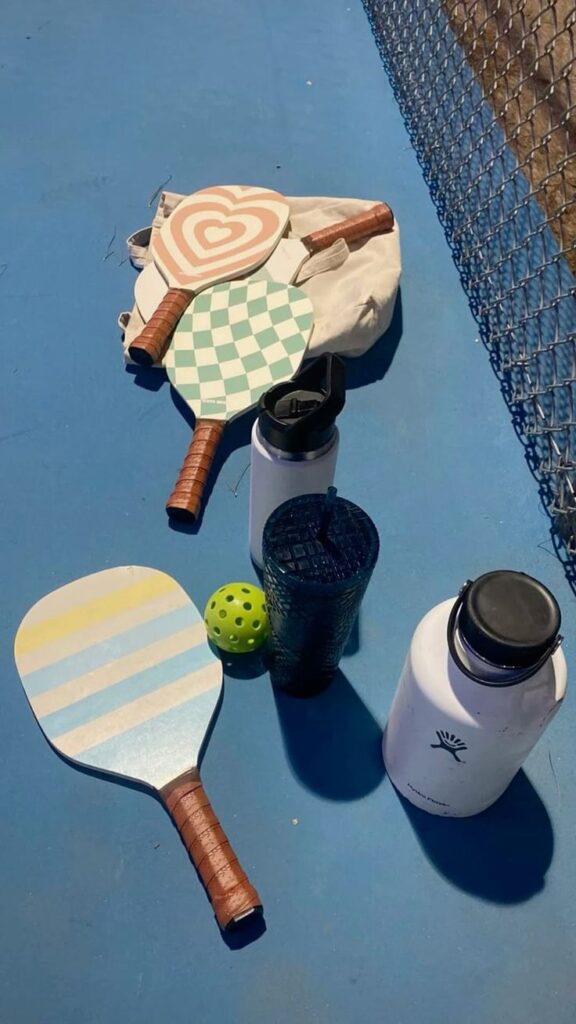
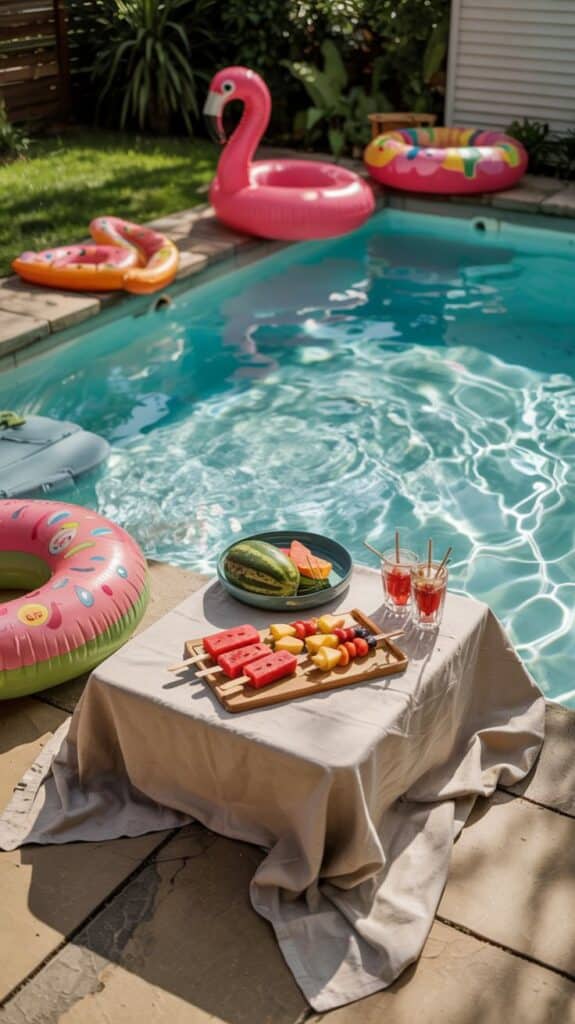
Benefits of Outdoor Games for Physical Development
Outdoor games support healthy growth by giving children opportunities to move, explore, and build real-world physical skills. Specific activities help them strengthen muscles, keep their hearts healthy, and improve movement control.
Motor Skills Enhancement
Participating in outdoor games such as tag, hopscotch, and obstacle courses directly develops both gross and fine motor skills. Tasks like climbing, jumping, and running help children use their large muscles, boosting strength in limbs and core areas.
Fine motor skills also benefit when games require picking up small objects, tying knots, or drawing with chalk outside.
This hands-on practice supports daily movements, like dressing or writing. It also encourages muscle memory, so children perform tasks with greater ease and accuracy.
According to experts, active play is essential for children to refine motor coordination, which forms the foundation for later sports and hobbies. Regular outdoor games make these improvements both fun and natural.
Coordination and Balance
Games like balance beam walks, jumping rope, and sack races challenge children’s balance and encourage smooth, coordinated movement. Navigating uneven ground or quickly changing directions helps them adjust their posture and stability.
These games improve spatial awareness, so children learn where their bodies are in relation to their surroundings and to others. This reduces the risk of falls and minor injuries.
As children repeat these actions, the body adapts, and coordination gets more precise. Improvement in these skills often leads to increased confidence when participating in physical activities at school or in the community.
Cardiovascular Health
Active outdoor games such as running relays, soccer, or frisbee keep the heart pumping and help develop a healthy cardiovascular system. These activities boost endurance and lung capacity by encouraging sustained, moderate-to-vigorous movement.
Playing outside also supports a healthy weight and lowers the risk of obesity when part of a regular routine. The exposure to fresh air and sunlight can contribute to overall wellness, too.
For many children, these games are enjoyable enough that daily exercise feels less like a chore and more like fun. This positive association can set the tone for an active lifestyle as they grow.
Engaging Tips for Organizing Outdoor Activities
Planning outdoor games requires attention to safety, careful selection of activities, and creating an environment where cooperation thrives. Specific strategies for managing these details can ensure everyone enjoys an active and positive experience.
Safety Considerations
For any outdoor activity, safety must come first. Organizers should inspect play areas for hazards like uneven ground, debris, or potentially dangerous objects. Proper supervision is essential, and adult-to-child ratios should be adjusted based on group size and the intensity of the game.
All players need guidance on using equipment safely. Gear, such as balls or bats, should be in good condition and appropriately sized for participants. A basic first aid kit should be nearby, and someone present should know how to respond to common injuries like scrapes or sprains.
Hydration is critical, especially in warm weather. Encourage regular water breaks and provide shaded areas if possible. Allergies or medical conditions should be noted in advance, with emergency plans in place for any special needs.
Choosing Age-Appropriate Games
Selecting age-appropriate games makes activities safe and enjoyable for everyone. Table 1 shows some examples of suitable games by age group:
| Age Group | Sample Games |
|---|---|
| 4-6 years | Duck Duck Goose |
| 7-10 years | Relay Races, Kickball |
| 11+ years | Capture the Flag |
Younger children benefit from simple rules, minimal equipment, and games with shorter durations. As participants get older, games can incorporate more rules, strategy, and competitive elements.
Pay attention to developmental abilities such as coordination and attention span. If the group is mixed-age, adapt the game or create teams to match abilities. Always explain rules clearly and demonstrate activities so no one feels lost.
Encouraging Teamwork
Teamwork helps participants build social and communication skills. Cooperative games, such as relay races or treasure hunts, prompt players to work together and support one another. Mixing up teams and rotating group members can help newcomers feel included.
Offer encouragement rather than focusing solely on competition. Celebrating both effort and achievement fosters a positive atmosphere. Consider assigning simple team roles, such as a team leader or timekeeper, which gives everyone a chance to contribute.
Set ground rules for fair play and mutual respect. Use short debriefs after games to let players express what went well and what could be improved. These discussions reinforce the value of working together and keeping play enjoyable for all.
- 6shares
- Facebook0
- Pinterest3
- Twitter3
- Reddit0


